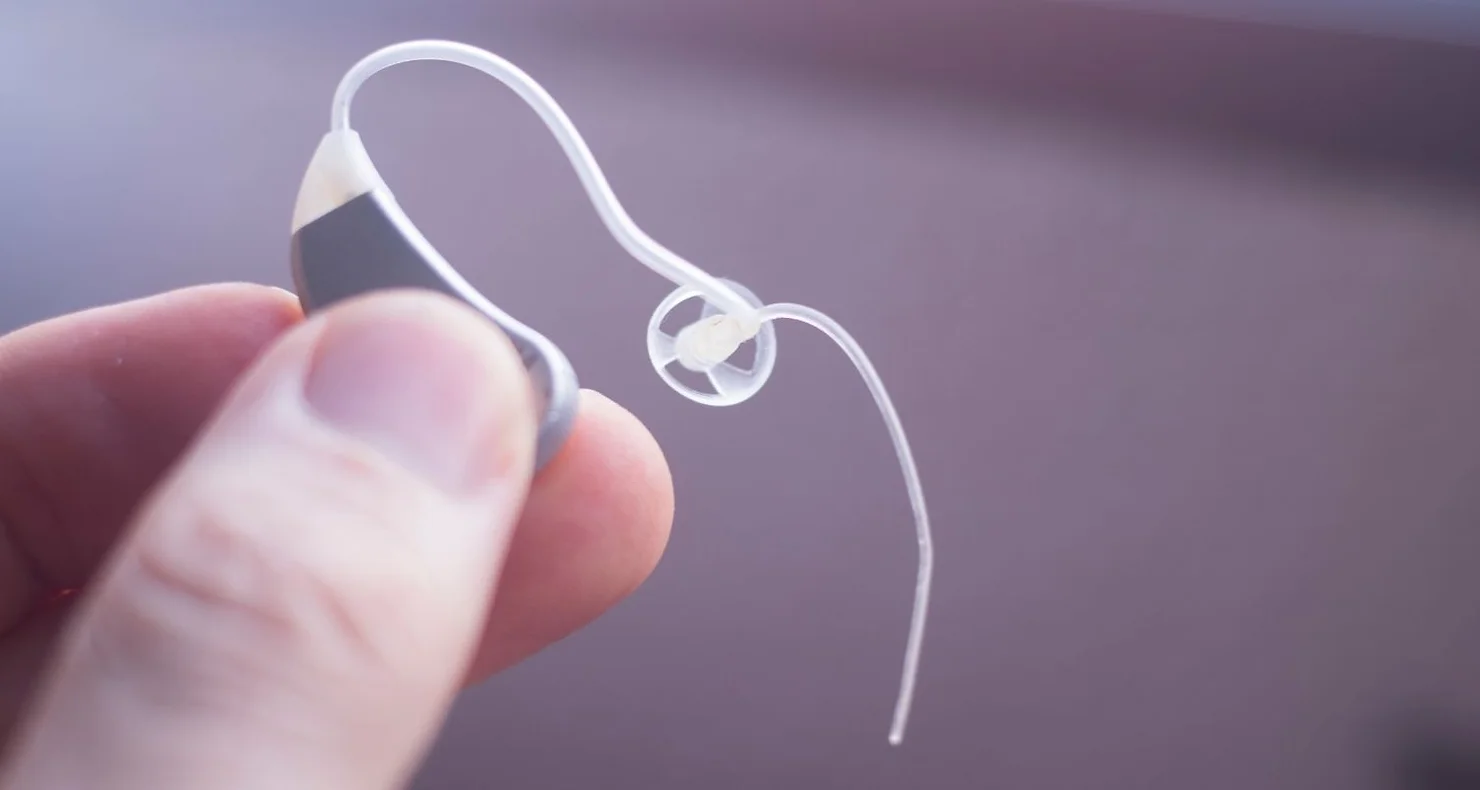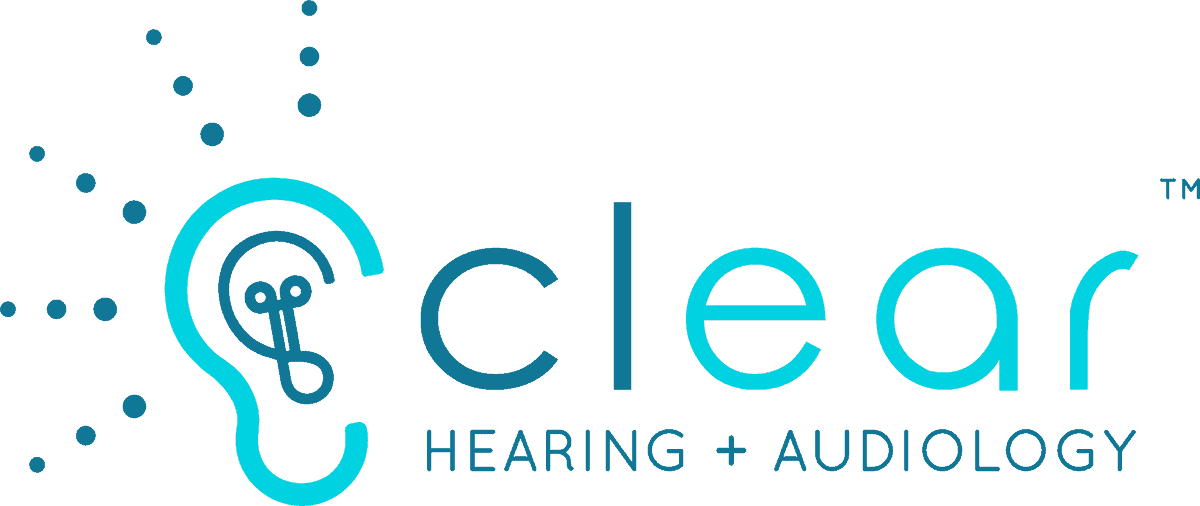
Hearing aids are incredible pieces of technology that provide millions of people with hearing support. These electronic devices are highly durable, lasting anywhere between 5- 7 years depending on the hearing aid. But similar to most tools you use on a regular basis, hearing aids can be impacted by daily wear and tear. Consistent and thorough maintenance supports the longevity of hearing aids and their optimal performance. You may be wondering with regular maintenance and proper care of your hearing aids, when is it time to update your device. This is an important question that is helpful to think about. There are a few factors that suggest when it’s time to update your hearing aids, this includes the following:
1. Hearing aids have reached their lifespan. Hearing aids have a finite lifespan. Depending on the type and model of the hearing aid, this could be 4 years or it could be up to 7 years. If you’ve had your device for several years, it could be reaching the end of its lifespan which is a great time to consult your hearing healthcare provider about a new hearing aid.
If hearing aids experience damage, this could lead to the end of their lifespan much earlier. Because hearing aids are worn daily, they experience usual wear and tear but if this isn’t maintained properly, it can cause damage to your device. This includes an accumulation of moisture, earwax, sweat, and other substances that can collect on your hearing aid. Buildup of these substances can damage electrical components of your hearing aids, causing malfunctions. This highlights the importance of thoroughly cleaning your device everyday. Signs that your hearing aid is experiencing issues that may be pointing towards getting a new device include:
-
batteries are only lasting a short amount of time and you are replacing them often.
-
hearing aid power off abruptly.
-
there is feedback noise, making it challenging to hear
-
you frequently experience malfunctions
In addition to these signs of a damaged hearing aid, you will likely be able to sense when your device isn’t working the way it normally does.
2. You experience changes to your hearing health. Hearing loss is experienced in many different ways and how you experience it can change over time. Hearing loss exists on a spectrum so your impairment can gradually change which means that your hearing needs can also change. This is why it is important to have your hearing assessed regularly. Experts generally recommend having a hearing test annually which allows you to track your hearing health and identify any changes you may experience.
If your hearing needs to change, there may be other hearing aids that are more able to meet those needs. Hearing aids are tailored to the range of hearing loss one is experiencing: mild, moderate, severe etc. so if your impairment changes, there could be a device that is more suited for the specifics of your hearing loss.
3. Lifestyle factors change. Lifestyle aspects play a major role in identifying the type of hearing aid that will work best for you. Your device should easily integrate into your daily life and support your hearing in the specific environments that you navigate on a regular basis. So factors like your type of work environment, activities you participate in, hobbies, level of social engagement, climate etc. are all important pieces of information that help determine the hearing aid that will be optimal for you. This also means that if any of these lifestyle factors change, you might want to think about new hearing aids. This can include getting a new job, moving to a different climate, taking on a new hobby etc.
4. Interested in the latest hearing technologies. Hearing aid technology and features are constantly upgrading and advancing. You may decide that you are interested in a few of the latest features that newer hearing aids have to offer. This includes:
-
Apps and assistant: many of the latest hearing aids have apps that you can download to manage your hearing aid settings. They also have virtual assistants that can be accessed to answer questions and perform certain functions.
-
Fitness tracking: this feature monitors and tracks health related activities like daily steps and exercise.
-
Digital noise reduction: focused on reducing background noise, this feature helps deliver enhanced sound quality.
Contact us to learn more about hearing aids, technologies, and features that you can benefit from.
